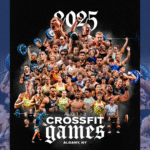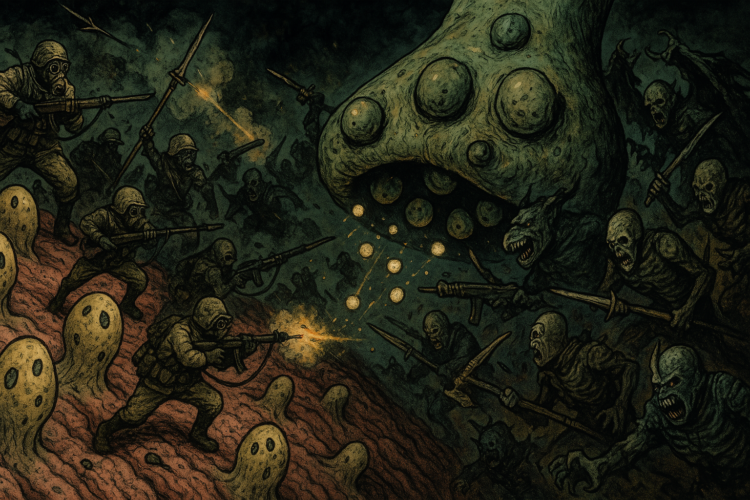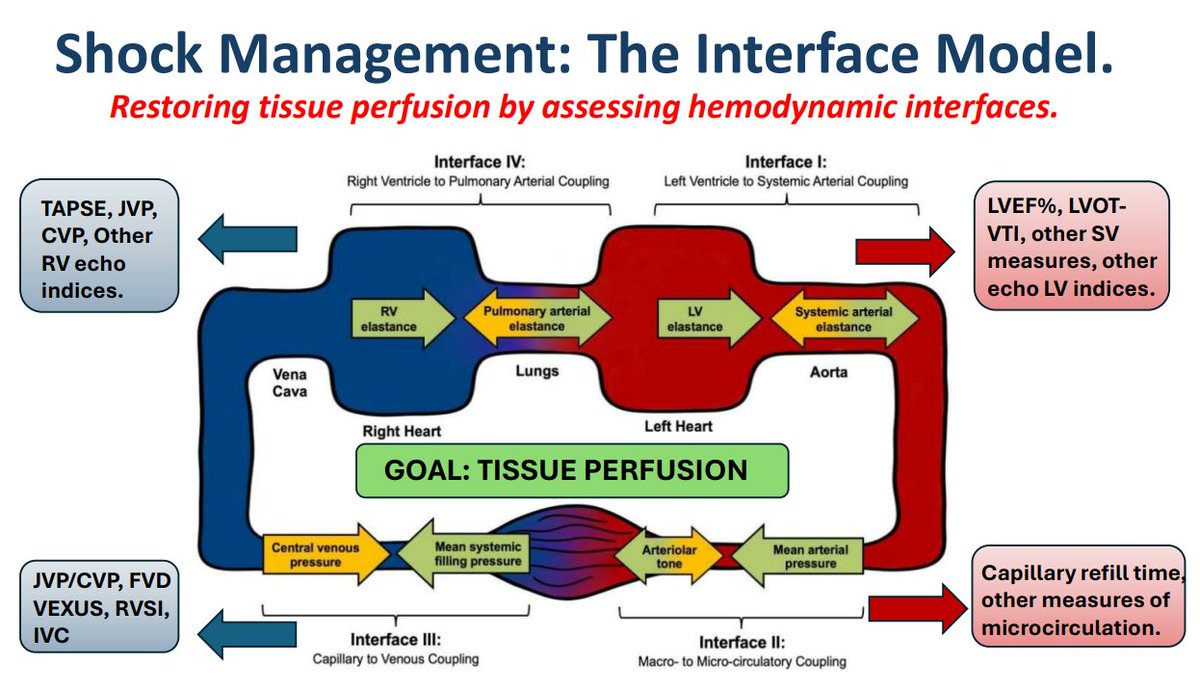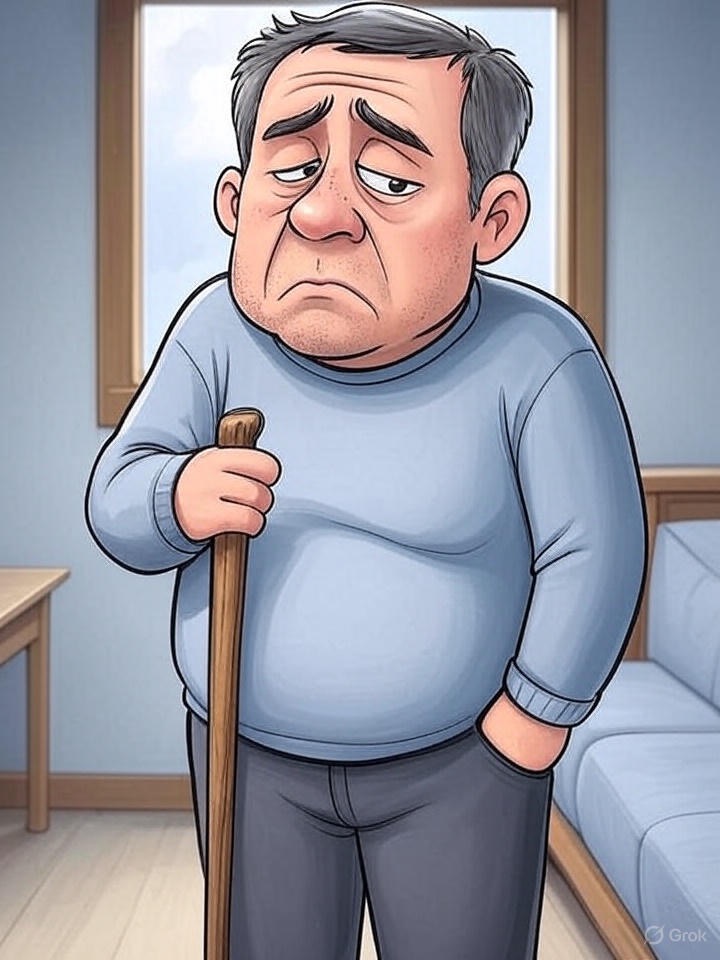Today we discuss NeuroMuscular Emergencies, such as Guillain-Barre Syndrome, Myasthenia Gravis, Botulism and so much more. NeuroMuscular emergencies seem hard without neurology backing you up, but thanks to the help of NeuroEMCrit editor, Casey Albin, we’ll give you the knowledge you need to kick some synaptic ass!
Casey’s NeuroMuscular Emergency Paper
R/O / Consider Before Considering a NeuroMuscular Cause
Metabolic/Endocrine
Get a Metabolic Panel, TSH
- Hypokalemia
- Hyponatremia
- Hyper-or hypothyroid
Screen for Ticks
Exclude a Spinal Level
looking for cord impingement or transverse myelitis
Consider Spinal Epidural Abscess
Casey adds, “The one thing I think may be worth emphasizing (in hindsight) is that we as neurologist think of “neuromuscular weakness” as the term for “peripheral weakness” but I think its so so so crucial that everyone in emergency medicine thinks spinal epidural abscess for any acute weakness presentation. Usually the patient has severe backpain, but not always. I have been disappointed by inconsistent “upper motor neuron findings” in these patients – they are frequently not hyperreflexic, their toes are often mute – which goes against how textbooks would describe it. (I think this is because often they have co-occuring vertebral body osteomyelitis causing compression of the nerve roots).”
Three Buckets for Emergency NeuroMuscular
Neuropathies
Sensory and motor symptoms. Pain and/or tingling. May see autonomic as well. Often become hypo-reflexic
Neuromuscular Junction Diseases
- Myasthenia Gravis
- Botulism
- Tick Paralysis
Fatigable.
Myopathies
- Rhabdomyolysis
- Immune Checkpoint inhibitor necrotizing myopathy
Send a cpk. Proximal>distal weakness. No sensory involvement. Reflexes are ok (until maybe endstage).
History
Physical Exam
Myasthenia Gravis
Facial weakness, ptosis, extremity weakness. Pupils are spared. Symmetrical, fatigable.
New Presentation
Old man or young woman classically
Need to see a neurologist for full testing and screening
Fatigability Tests
Look up for 30 seconds, ptosis may emerge or get worse
Flap the chicken wing on one side 30 times and then test strength in both arms
Icepack Test
If the eyes have ptosis, place an icepack on one for a couple of minutes, the ptosis should improve on the iced side
Casey has never seen the icepack test work
Here is a youtube video on a bunch of MG Eye Signs from a specialist center in Prague
Myasthenic Crisis
Respiratory failure in a patient with new or established myasthenia
From infection, weaning steroids, medication exposure, or just disease fluctuation
Can temporize respiratory failure with NIPPV (they get better quickly) unless the patient is already hypercapneic. Use true NIPPV, not HFNC.
Intubation Meds
Use the magic rule: neuro=roc
Need ~ 50% the dose of non-depol (rocuronium, etc.) or ~2.5 x the dose of succinylcholine (Mt Sinai J of Med 2002;69(1):31)
so the smart move is just use 50% of your normal rocuronium dose (experts can also avoid paralytics entirely)
Medication Choices in the Mysasthenia Patient
Almost everything is bad.
When it comes to antibiotics, just use what is appropriate as they all can cause issues. Cephalosporins have some of the lowest reported disease interaction.
Plasma Exchange is preferred
Over IVIG
Wait for Neuro to give steroids
Steroids can initially make things worse
Cholinergic Crisis
Really only a board exam ? at this point. Patients are generally not on meds that will cause this and in one series, no cholinergic crisis presented in 11 years. [Roper et al.]
Guillain-Barre Syndrome
Classically, ascending tingling and sensory symptoms possibly accompanied by back pain. Then they may have foot weakness and unsteadiness. Reflexes will be gone in areas in which weakness has progressed. But… there are many variants:

See below for assessment of respiratory status. These patients will have an extended course, so do not use NIPPV–if they need respiratory assistance>>intubate.
Screen for and empirically deal with urinary retention
These patients are easy to inadvertently send home. Make a clear plan to warn the patient to come back with ANY worsening
Botulism
Clostridium botulinum, spore forming anaerobic, gram positive bacilli
Can withstand boiling for hours
Toxin mediated. Blocks ACh release at the NMJ.
Sx 12-36 hrs post-ingestion. 1-3 days after inhalation
Botulinum toxin-can be released as aerosol or spread by contaminated food. The most toxic substance known.
Prevents presynaptic release of ACh, therefore anticholinergic toxidrome, i.e.. dry mouth, ileus, and urinary retention.
1st cranial nerves are effected (pupillary dilation), then descending paralysis/weakness
Dry tongue and sore throat, ileus, urinary retention, double vision, dysarthria, hyporeflexia
Starts c Bulbar palsies then descending flaccid paralysis c intact sensation and decreased reflexes
Four Ds
· Diplopia
· Dysarthria
· Dysphonia
· Dysphagia
Antitoxin and toxoid vaccine available in scant supply. Two antitoxins bivalent (AB) and trivalent (ABE). Antitoxin available from CDC
Surfaces can be decontaminated c .1% bleach
Not transmissible
May need to demonstrate LP and EMG to exclude other diagnoses. Consider miller fisher variant of guillain barre, get LP if diagnosis is in question in botulism it will be normal
Wound Botulism
Usually in IVDAs (black tar heroin)
PCN 10-20 million units IV/day ± antitoxin, consult toxicologist
Wound debridement
Contact local health department & CDC
When to Intubate or Place on NIPPV Support in NeuroMuscular Emergencies
Can they Lift their Head off the Bed (Neck Flexion)
The myotome that innervates that diaphragm also innervates the neck flexor muscles and the shoulder elevators
Pulmonary Function Testing
20/30/40 Rule
<20 ml/kg vital capacity, -30 or worse on NIF, <40 on maximal expiratory force
Negative Inspiratory Force (NIF)
worse than -20 is bad, better than -30 is good and in-between will require some judgment
Vital Capacity
Normal 4-5 L if a man, 3-4 for a woman
<20 cc/kg IBW (<1-1.5 L) is bad
Single Breath Counting Test
Take a deep breath and then see how high you can count, counting at two numbers per second on that one breath. Normal is 40-50, bad is usually cutoff at <=20
I am more bullish on this than Casey!
Elsheikh et al. showed single breath and neck flexion correlated with PFTs [doi: 10.1002/mus.24929]. There was a false positive, but no false negatives (a pt tested as ok, but actually had low PFTs) in this small study. They considered >25 to be ok respiratory function and also found SBCT# X 116=actual FVC.
Dishnica et al. performed a systematic review which demonstrated test validity [37094510]
It has also been found to correlate in other conditions like asthma, CF, etc.
Trajectory
What is the pace and point of their disease
Tachypnea
Be scared, this is how these patients compensate
Blood Gases
usually are misleading. PaCO2>45 predicts failure of NIPPV in MG.
Intubate GBS, strongly consider NIPPV for MG
More on EMCrit
Additional New Information on NeuroMuscular Emergencies
You Need an EMCrit Membership to see this content. Login here if you already have one.















